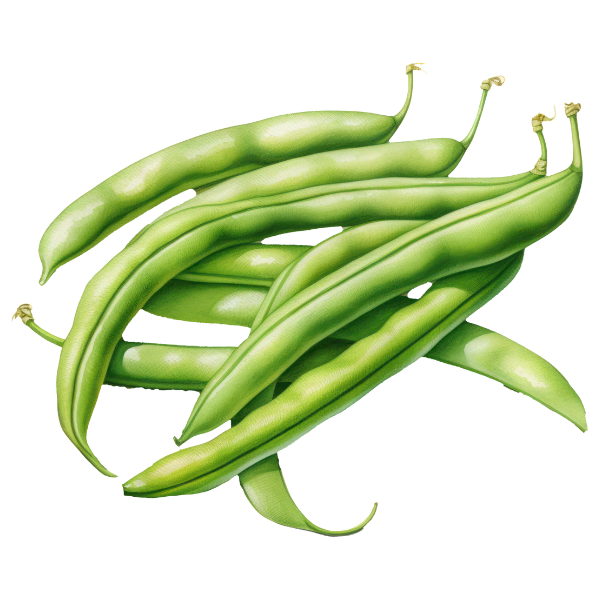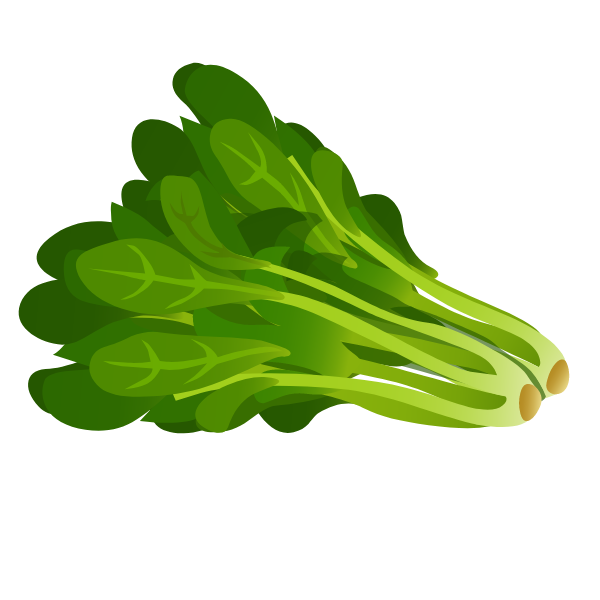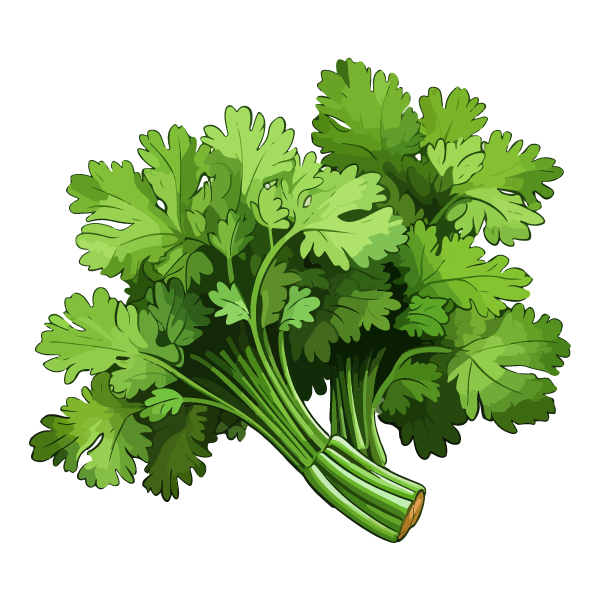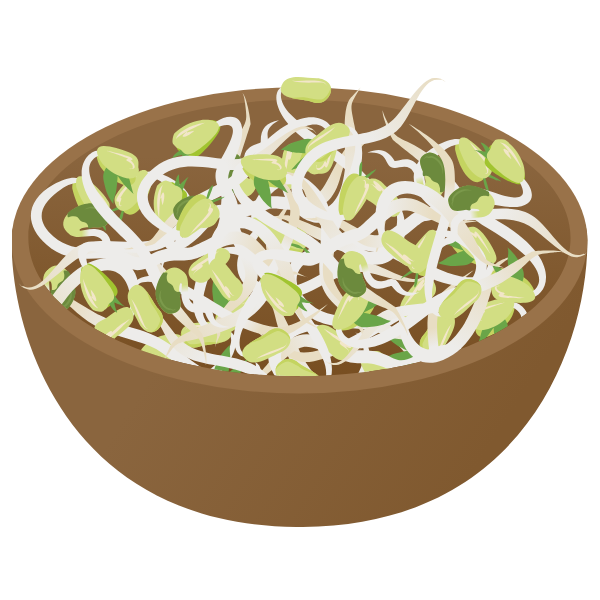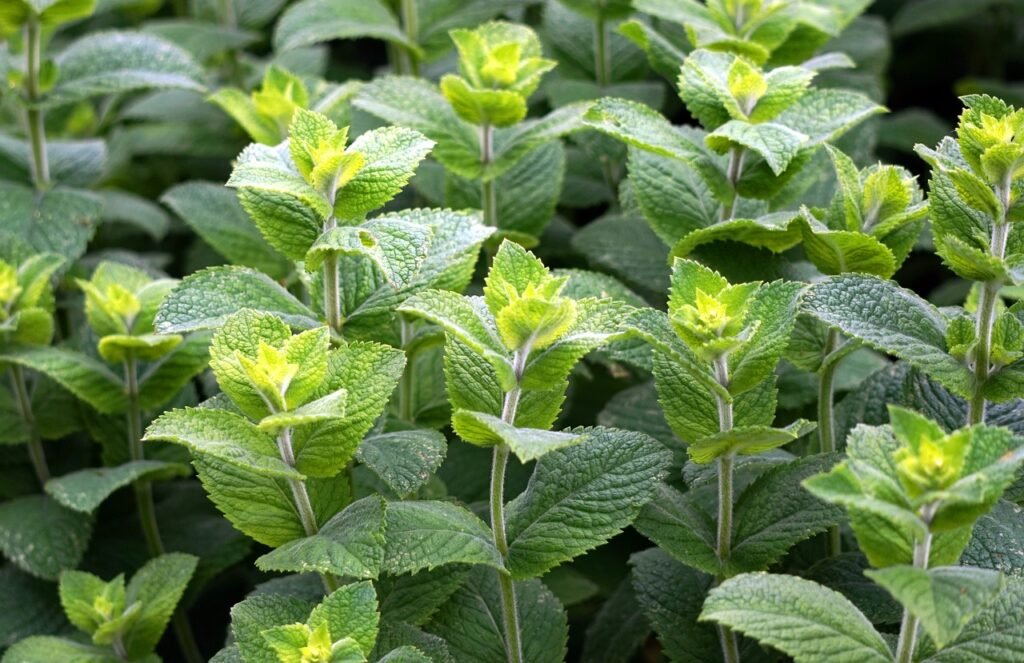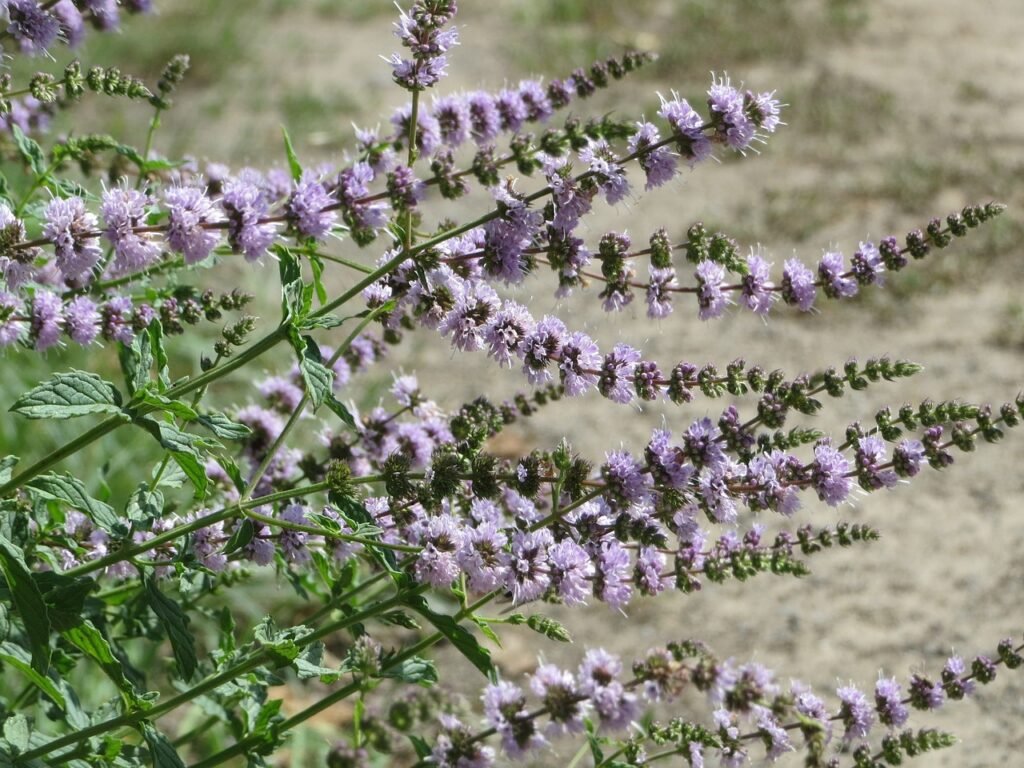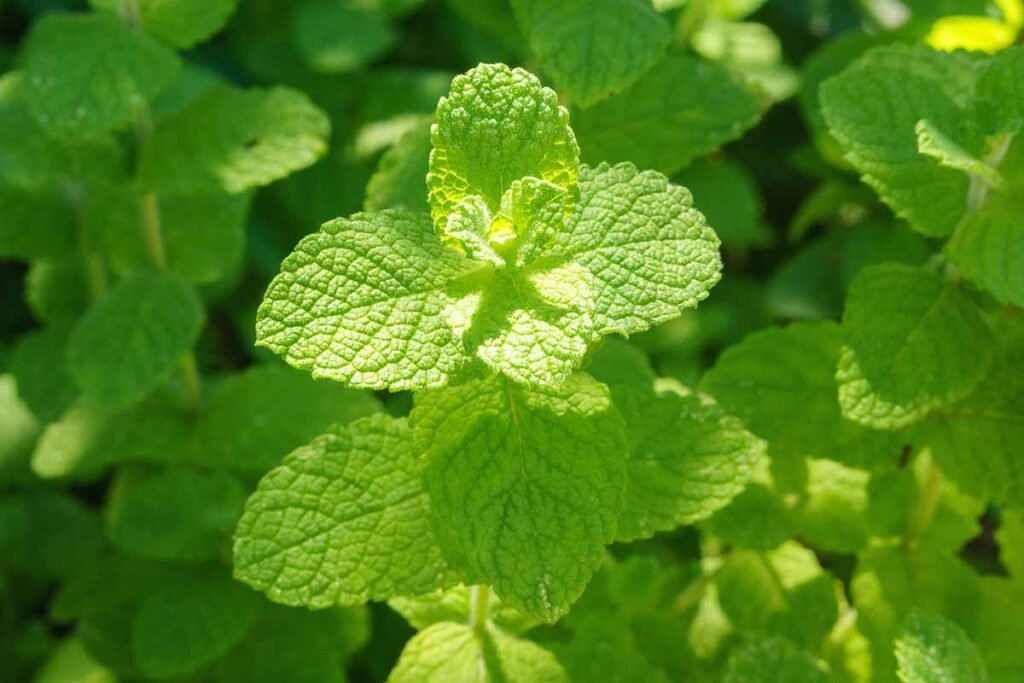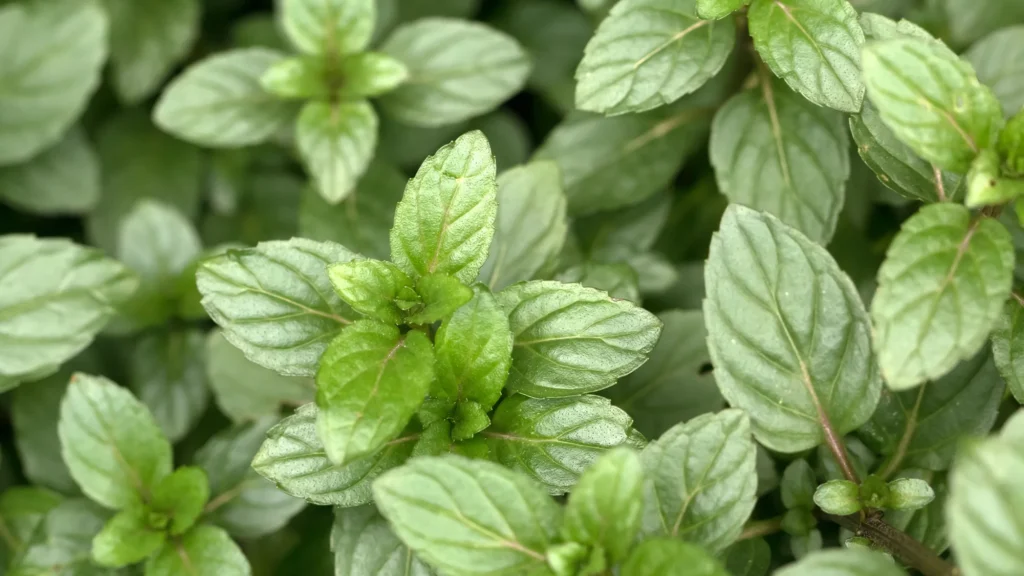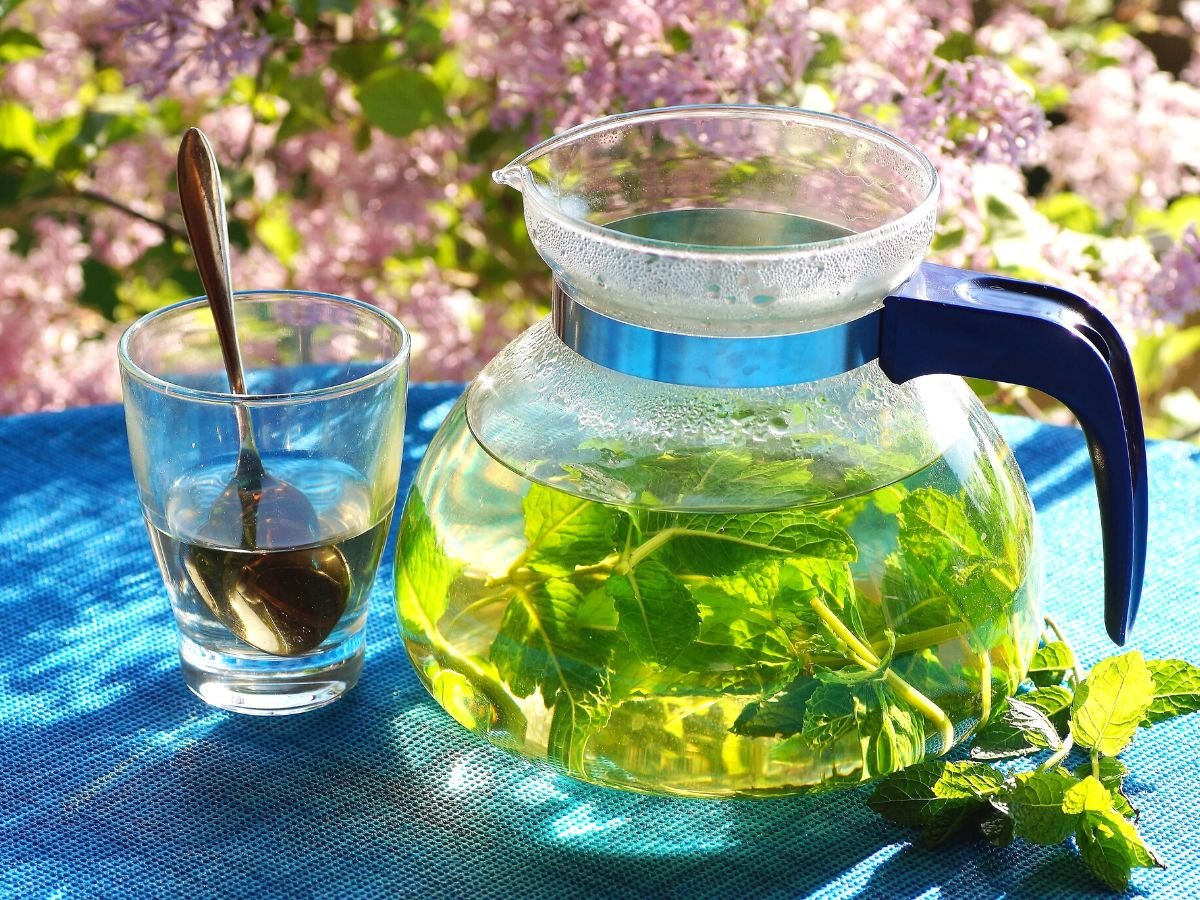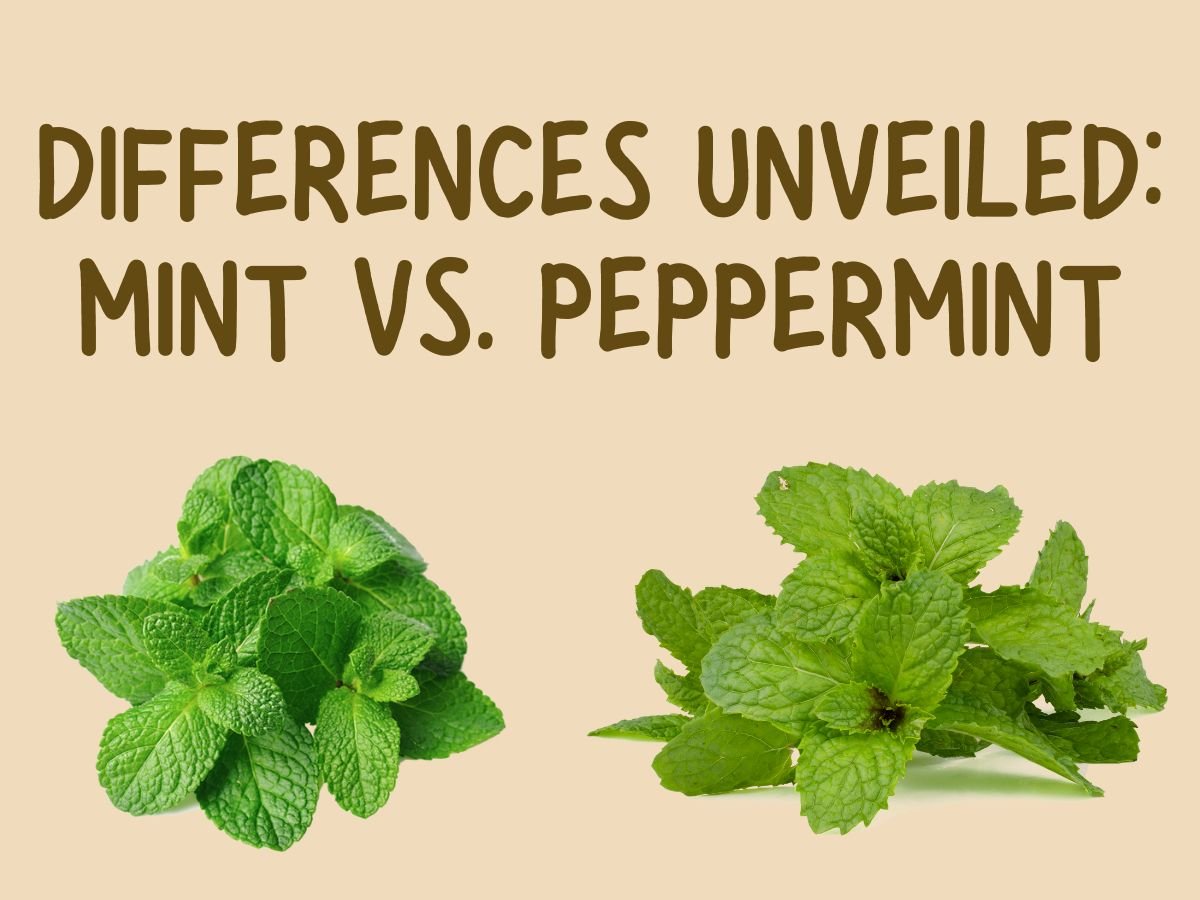Mint tea isn't just a refreshing beverage; it’s a revitalizing elixir with a history as…
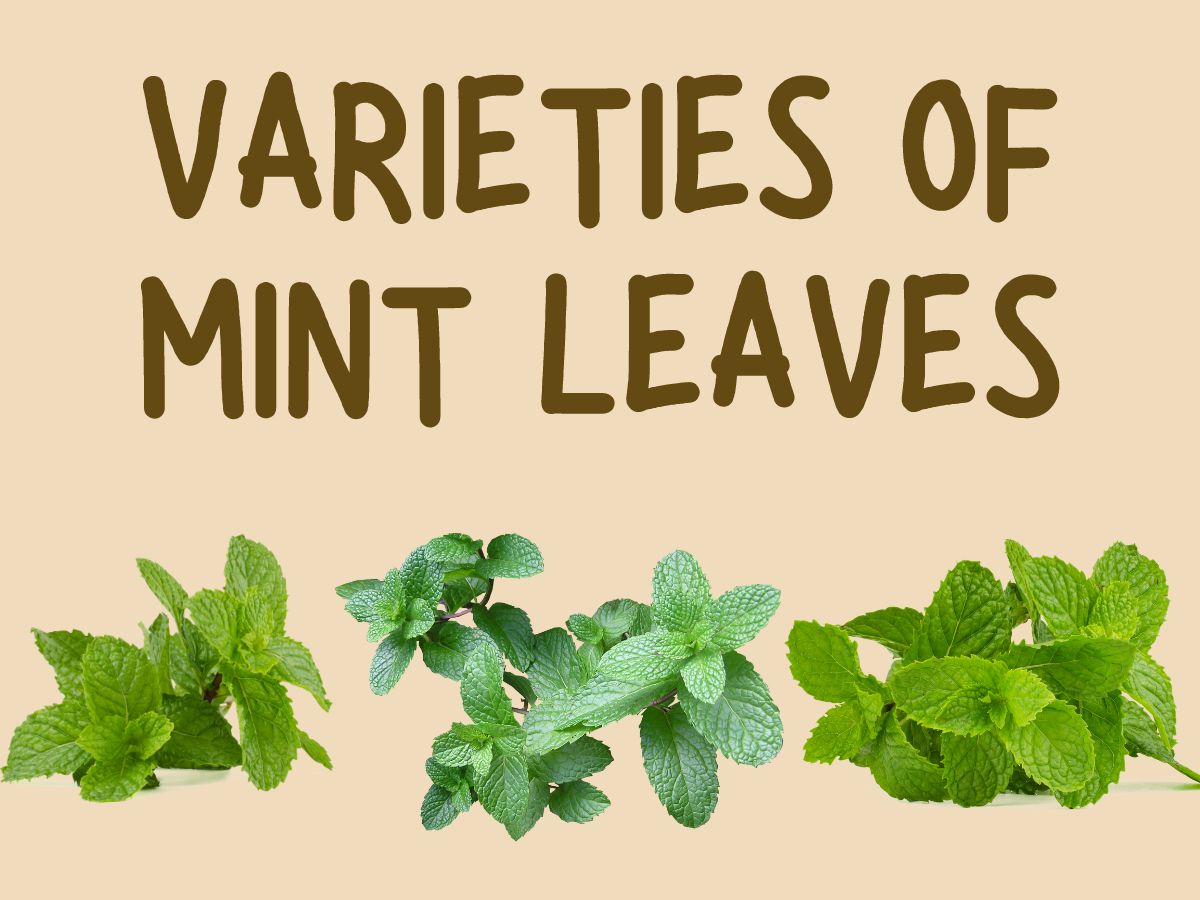
Exploring Varieties of Mint Leaves
Mint leaves, renowned for their refreshing aroma and diverse flavors, encompass a variety of types, each distinguished by unique characteristics and applications. As enthusiasts of culinary delights or herbal remedies, understanding the varieties of mint leaves becomes pivotal. Within this realm lie several varieties, each with its distinct traits and contributions to culinary endeavors, medicinal properties, or ornamental uses.
Peppermint (Mentha × piperita)
Peppermint, scientifically known as Mentha × piperita, stands as one of the most popular and widely recognized mint leaf types. Its potent menthol flavor and cooling properties make it an integral component in both culinary and therapeutic spheres. The infusion of peppermint leaves lends a refreshing essence to teas, desserts, and savory dishes, elevating their taste profiles. Moreover, its menthol content provides relief from digestive discomforts, making it a favored ingredient in herbal remedies.
Spearmint (Mentha spicata)
Spearmint, categorized under the scientific name Mentha spicata, boasts a milder and slightly sweeter flavor profile compared to peppermint. This variety finds extensive usage in culinary preparations, notably in Middle Eastern, Mediterranean, and Asian cuisines. Its aromatic leaves enhance beverages, sauces, salads, and even meat dishes, imparting a delightful freshness. Beyond culinary exploits, spearmint possesses potential health benefits, aiding in digestion and offering a sense of relaxation.
Apple Mint (Mentha suaveolens)
Apple mint, scientifically termed Mentha suaveolens, earns its nomenclature from the hint of apple fragrance in its leaves. This particular type of mint serves as an ornamental delight, appreciated for its appealing appearance and aromatic essence. While less commonly used in culinary pursuits, its foliage enriches fruit salads, beverages, and garnishes, imparting a subtle fruity undertone. Additionally, its leaves contain essential oils with potential therapeutic properties, contributing to its utilization in herbal remedies.
Chocolate Mint (Mentha × piperita ‘Chocolate’)
Chocolate mint, a cultivar of peppermint (Mentha × piperita), stands out for its unique chocolate-like undertones in both scent and taste. This fascinating variety of mint leaves finds application in desserts, beverages, and confectionery, adding a delightful twist to traditional recipes. Its versatility in infusing chocolatey essence into dishes while retaining the refreshing mint flavor makes it a prized addition to culinary creations.
Orange Mint (Mentha × piperita ‘Citrata’)
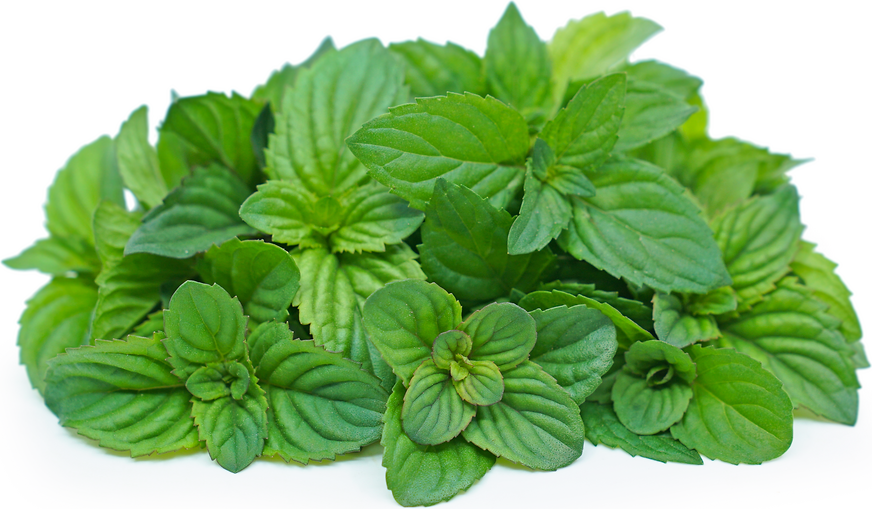
Orange mint, another variant of peppermint (Mentha × piperita), exhibits a citrusy aroma reminiscent of oranges, complementing its minty flavor. This specific type of mint leaf serves as an excellent addition to beverages, fruit salads, and desserts, enhancing their taste with its zesty notes. Its aromatic oils hold potential in aromatherapy and may contribute to calming effects and mood enhancement.
Conclusion
In essence, the diverse array of mint leaf types encompasses an assortment of flavors, aromas, and applications. From the intense coolness of peppermint to the subtler notes of spearmint and the unique fragrances of apple mint, chocolate mint, and orange mint, each variant contributes distinctively to culinary endeavors, herbal remedies, or ornamental purposes.
Understanding these varieties of mint leaves broadens the spectrum of possibilities in cooking, therapeutic applications, or simply indulging in delightful flavors. Incorporating these aromatic leaves into recipes not only adds depth and freshness but also unlocks the potential for health benefits and sensory experiences.
Should you seek to explore the extensive world of mint leaf types further or integrate their essence into your culinary or wellness ventures, this knowledge serves as a gateway to enriching your endeavors.
FAQs
- Are all mint leaves safe for consumption?
- Generally, mint leaves are safe when consumed in moderate quantities. However, individuals with specific allergies or medical conditions should consult a healthcare professional.
- Can I grow different mint varieties together?
- Mint varieties should ideally be grown separately, as they tend to cross-pollinate, altering their flavors.
- What’s the best way to store fresh mint leaves?
- Fresh mint leaves can be stored in the refrigerator, wrapped in a damp paper towel, and placed in a sealed container.
- Are there any medicinal uses for mint leaves?
- Mint leaves are known for their digestive properties, aiding in indigestion, gas, and bloating relief.
- Can I use mint leaves for skincare purposes?
- Mint leaves have natural antibacterial properties and are sometimes used in skincare routines to soothe skin irritations.


